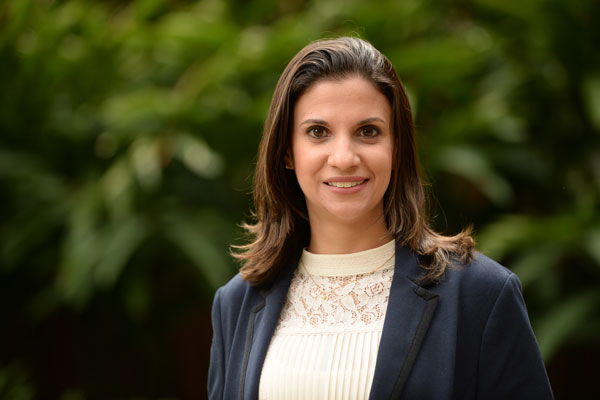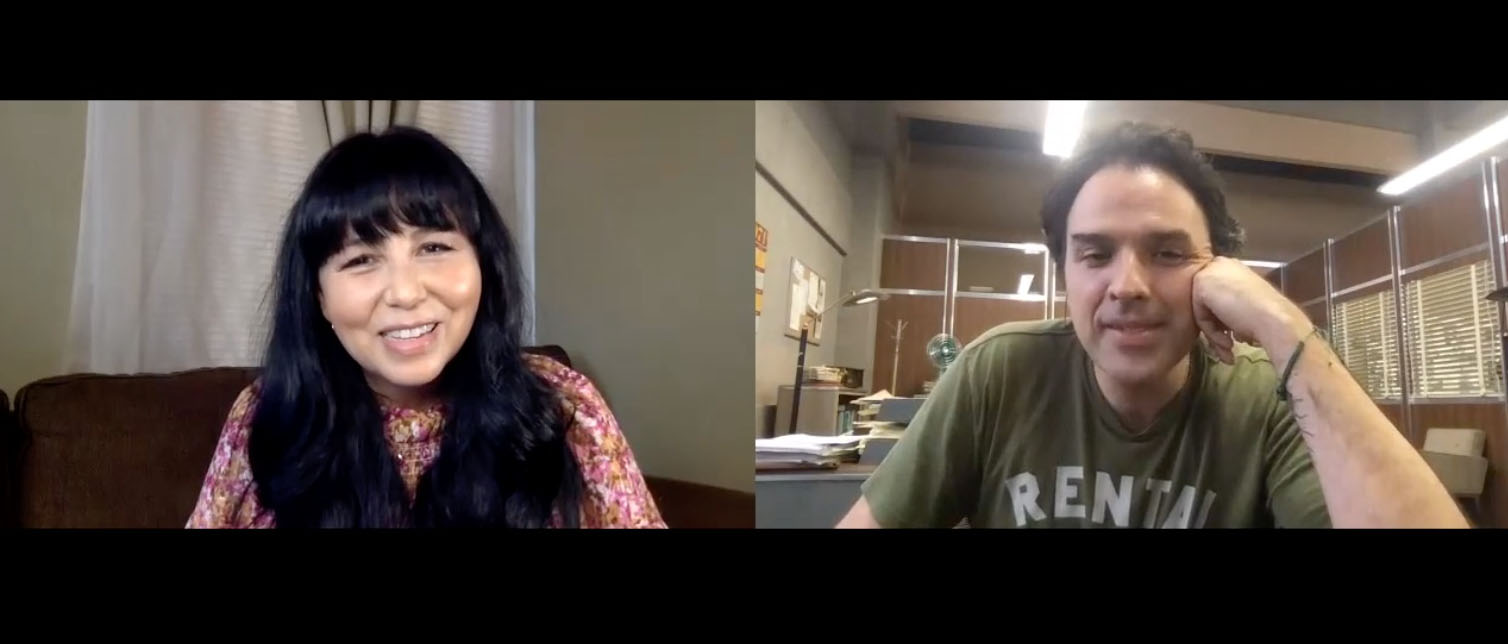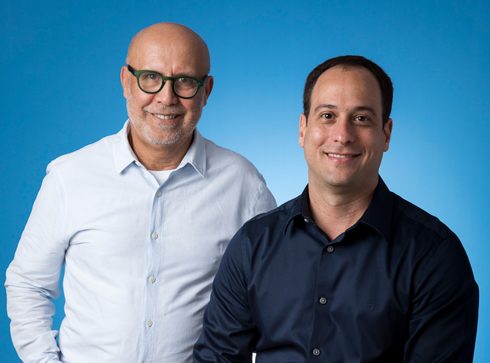This afternoon at NATPE Budapest International, executives from Caracol TV, HBO Latin America, TV Azteca, Mega Global Entertainment and Globo took part in a panel session to discuss how Latin American content has evolved beyond the traditional telenovela.
“When you’re talking about novelas, you have to talk about Latin America,” said Esperanza Garay, the CEO of Mega Global Entertainment. “The genre started here. If you go to Mexico, Argentina or Brazil, the main program in every grid is a novela.” She noted that in the last ten years, the region started to see an influx of novelas from outside of Latin America, including from India and Turkey. Also, as the entrance of new platforms, like OTT and VOD, in the LatAm market has given viewers more ways to enjoy programming, producers have had to adapt to the changing preferences, which includes an interest in shorter series. “In the last two years, we have changed our productions,” she said, noting that the competition has raised the bar on quality and led to a broader variety of content being produced. “I know that people love the classic [telenovelas], but now we can offer all different kinds of content. If you want long stories, short stories, a thriller, romance, suspense—we have it!”
Ricardo Pereira, the director of Europe for Globo, discussed how this innovation in programming is impacting the Brazilian market. “We have been producing and selling telenovelas around the world for many, many years,” he said. “What we know how to do, what people want to watch, what buyers want to buy are good stories with emotional, funny, unforgettable, nice characters.” Pereira told the audience he feels confident about the future of the novela. “In May, the last chapter of TV Globo’s main telenovela scored 62 million viewers; seven out of every ten televisions on in Brazil were watching that novela. So, it’s very hard for us to think that the telenovela is no good anymore.
“But we also know that there’s a new generation coming in, that people want to consume different formats,” he added. “The Americans finally discovered that serializing television was a good thing—we’ve been doing this in radio and television for 50, 60 years!” About five years ago, TV Globo started to invest more in the production of series and miniseries, different formats from the daily novela. Globo created a writer’s house in Rio de Janeiro, with 250 full-time writers developing fresh content, from drama to comedy and entertainment, in Spanish and English, as well as Portuguese. “Globo is very much open to co-production,” Pereira said. “We have the stories and an expertise in doing good television, so we’re open for discussions.”
Paloma García, international sales executive at Caracol TV, touched on some of the current trends in content. She pointed to narco novelas, like Caracol’s Pablo Escobar, The Drug Lord, as well as biographies, in particular music bios, as being popular at the moment. She mentioned the fact that LatAm producers are now using different formats to tell stories, with “fewer episodes, different plots, different narration.” García also highlighted that the company has entertainment formats and reality formats to offer, and has closed deals for adaptations in Greece and Romania. “Don’t think that we are only doing fiction,” she said, adding that she wants to find more ways to cooperate with partners across Europe.
“We are still perceived as the region that produces the telenovela,” said Melissa Pillow, sales representative for TV Azteca. “Yes, we do it very well; we always have done it very well. But we understand that audiences evolve, television evolves, and we are adapting to that.” She wants to “get the word out” as to what Latin America has to offer besides novelas. “Fiction is king for us; it probably will always be because Latinos love good stories—they like to cry, they like to laugh, they like to feel emotions. But there are many other things coming out of Latin America.” She gave as an example unitary series, which are more like hour-long mini-movies. “This is something that’s incredibly popular in Latin America. You see a lot of these in access prime time.” She encouraged broadcasters to try them in their markets. “The advantages are that you can pick and choose the episodes you air and they are very flexible.” Pillow also pointed out that there are “lots of great miniseries coming out of Latin America. When I show miniseries [to buyers], the reaction I’m getting is, Wow, that’s great, but it’s too short. I think that’s because there’s still the perception that if you’re speaking to a Latino company, you have to get a long series. We need to start expanding everyone’s minds and letting them know that you don’t have to consider the content that we offer for a slot at 4 p.m. in the afternoon. We can find other places for content to be offered. We understand that everyone wants local content in prime time. However, we can expand the slots [for LatAm content] out of just daytime.”
Xavier Aristimuño, VP of licensing at HBO Latin America, emphasized that the market is in the “middle of a gigantic change” at the moment. “Because of the new audiences, who are younger, because of the change in advertising revenue that goes to the young audience, it’s clear that broadcasters are looking for new genres of content and new structures. Telenovelas are about 200 episodes, then there were super series that are 60 episodes and now there are new series that are even shorter, but this is very experimental for a broadcaster in any Latin American country. We don’t know what’s going to work, really.”
Aristimuño went on to explain that production companies in Latin America have changed as well. They no longer function only as a studio, he said. “Today, they are involved in the entire business process of producing content: they want to maintain their own rights, they want to be involved in all the areas of production.” He also pointed out that directors, producers and writers from the movie industry have crossed over into TV. “You don’t have the separation that you had before. Everybody is involved in doing TV series. We all gain from that. That’s an important factor that has impacted Latin America, as well as Europe.”
Aristimuño also highlighted the multicultural nature of programming today. “Everything that is local has become international, and everything international has become multicultural. Today, it’s almost impossible to guess what will be the next successful series. It can come from Spain, from Budapest, from anywhere. Any country can launch a series, if it’s well-written, that is going to be relevant for the world.”
 TVLATINA
TVLATINA





